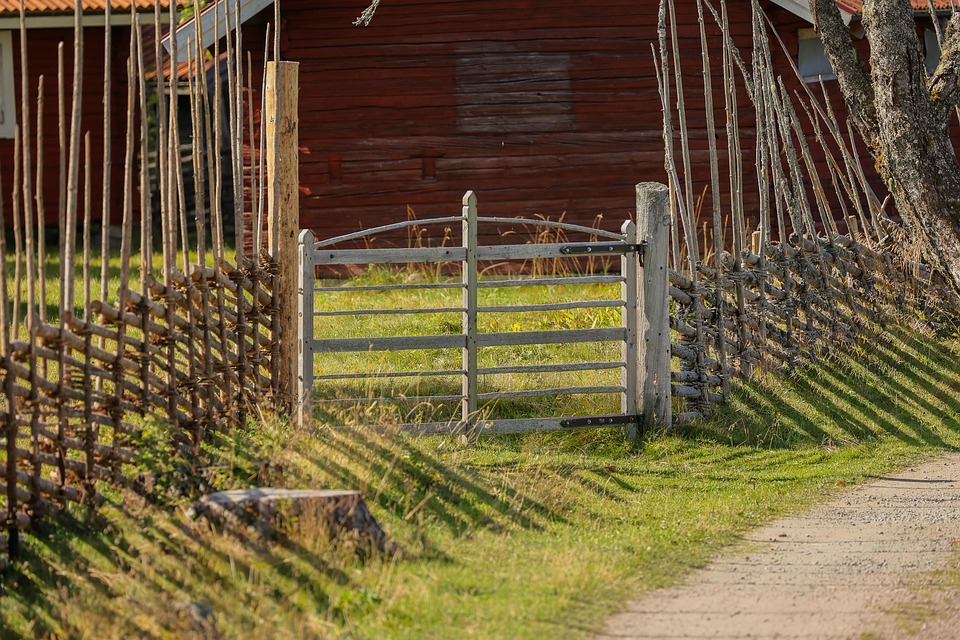## Water Wisely: Innovative Irrigation Techniques in Sustainable Agriculture
Picture this: the morning sun rises lazily over the horizon, casting a golden glow across the lush green expanse of your garden. Birds chirp cheerily in the distance, and the only sound breaking the soft morning air is the gentle trickle of water seeping through the soil. That’s the romantic vision many of us have about farming, right? But achieving such harmony, especially in sustainable agriculture, requires thoughtful strategies, particularly regarding irrigation. In my quest for sustainable living, I’ve dived deep into innovative irrigation methods that not only conserve water but also enhance crop health and yield. It’s a delicate balance, but when done right, it can create a thriving, eco-friendly garden.
### Understanding the Importance of Water in Agriculture
Water is the lifeblood of agriculture. It nourishes plants, supports healthy soil, and impacts the overall ecosystem. However, with water scarcity becoming a pressing global issue, understanding efficient use is crucial. According to reports, agriculture accounts for approximately 70% of global freshwater usage. Hence, innovating our irrigation techniques is not just about improving yield; it’s about ensuring sustainability for generations to come.
### Innovative Irrigation Techniques
#### 1. Drip Irrigation: Precision in Every Drop
Drip irrigation is arguably one of the most efficient methods for delivering water directly to the plant roots. Rather than flooding a vast area, this technique targets individual plants through a network of tubes and emitters. The main benefit? Minimal evaporation and runoff. By applying water slowly and directly to the soil, plants absorb what they need without wastage.
**Pro Tip:** Use a timer to automate your drip system. Setting it for early morning will allow plants to absorb water before the heat of the day increases evaporation.
#### 2. Rainwater Harvesting: Nature’s Gift
Why let nature’s bounty go to waste? Setting up a rainwater harvesting system can significantly supplement your irrigation needs. By capturing and storing rainwater from roofs and surfaces, you not only conserve tap water but also reduce your water bill.
**Pro Tip:** Install a first-flush diverter to ensure that the initial dirty water is diverted away, giving you cleaner water for irrigation.
#### 3. Soil Moisture Monitoring: Stay Ahead of the Game
Technological advancements have made soil moisture monitoring simple and effective. Using sensors to measure moisture levels in the soil allows you to water only when needed, preventing over- or under-irrigation. This method not only conserves water but also promotes healthier plant growth.
**Pro Tip:** Invest in smart irrigation systems that can be controlled via your smartphone. These systems can adapt to weather conditions, ensuring your plants have optimal conditions without spiking your water usage.
#### 4. Subsurface Irrigation: Concealed Efficiency
Subsurface irrigation involves placing water delivery systems below the ground surface, which minimizes evaporation and allows for deep root watering. This innovative method is particularly beneficial in dry and arid regions.
**Pro Tip:** Ensure your soil has good drainage; otherwise, you risk waterlogging roots.
#### 5. Geothermal Heating: Harnessing Earth’s Energy
Using the natural heat of the earth can be a game-changer for sustainable gardening. Geothermal heating systems can provide warm water for irrigation, promoting root growth while conserving energy and water. This method is particularly useful in regions with colder climates.
**Pro Tip:** Pair geothermal irrigation with crop rotation. When certain plants are actively growing, they can benefit from warm water while others might need a rest period.
### Using Mulch: Keeping the Moisture Locked In
While not an irrigation technique per se, mulching plays a crucial role in water conservation. By covering the soil around your plants with organic materials (like straw or wood chips), you can significantly reduce moisture evaporation, suppress weeds, and improve soil health over time.
**Pro Tip:** Ensure your mulch is at least 3 inches thick to maximize its moisture-retaining benefits.
### Adaptive Techniques: Gray Water Recycling
Gray water, the slightly dirty water from sinks, showers, and washing machines, can be reused for irrigation. Though there are regulations varying by location, many areas permit the use of gray water for non-potable irrigation purposes.
**Pro Tip:** Set up a simple gray water system that channels water from your household directly to your garden. Make sure that the soaps and detergents you use are eco-friendly to keep your plants healthy.
### The Role of Companion Planting in Water Efficiency
Companion planting is not only a method to maximize yield but can also be a water-efficient strategy. Certain plant pairs can share resources and create a microclimate that conserves moisture.
**Pro Tip:** For instance, pairing corn with beans and squash (the “Three Sisters”) creates a beneficial environment where moisture retention is optimized, and resources are effectively shared.
### Designing a Water-Wise Garden
Creating a garden that conserves water starts with design. Consider the layout carefully to maximize efficiency. Grouping plants with similar water needs can optimize irrigation efforts and conserve resources.
**Pro Tip:** Create contour beds or swales in your garden design to help direct water naturally to the roots, ensuring that moisture flows to where it’s most needed.
### The Importance of Community Involvement
Sustainable agriculture isn’t just an individual pursuit; it’s a community endeavor. Engaging with local farmers and gardeners to share irrigation techniques can enhance knowledge and promote widespread conservation efforts. Consider forming community groups focused on sustainable practices, exchanging tips, tools, and resources.
**Pro Tip:** Organize workshops where community members can share their innovative irrigation techniques and collectively build a rainwater harvesting system.
### Embracing the Future
Innovative irrigation techniques are essential for the future of sustainable agriculture. As climate change continues to present challenges, adopting these methods can help us conserve resources and ensure healthy crops. By combining modern technology with age-old wisdom, we transform our gardens into thriving ecosystems that respect our most precious resource: water.
### Conclusion
From drip irrigation to rainwater harvesting, innovative approaches to irrigation are at the forefront of sustainable agriculture. As we strive to make our gardens not just productive but also environmentally friendly, our choices around water use have profound implications. By practicing water-wise farming, we secure not only our plants’ health but also the wellbeing of our planet and future generations.
### Pro Tips Summary
– **Automate Drip Irrigation:** Use timers for precise watering.
– **Harvest Rainwater:** Install diverters for cleaner water.
– **Utilize Soil Sensors:** Invest in smart monitoring technology.
– **Try Subsurface Irrigation:** Maintain proper soil drainage.
– **Incorporate Geothermal Heating:** Use earth’s energy for irrigation.
– **Use Mulch Effectively:** Cover at least 3 inches thick.
– **Recycle Gray Water Wisely:** Ensure eco-friendly soap use.
– **Design with Companion Planting:** Optimize resource sharing.
– **Plan Your Garden Layout:** Group similar watering needs.
– **Community Learning:** Share techniques and build systems together.
With a little creativity and a solid foundation of understanding, it’s entirely possible to cultivate a garden that not only thrives but also respects the delicate balance of our environment. Together, we can grow sustainably, one drop at a time!



